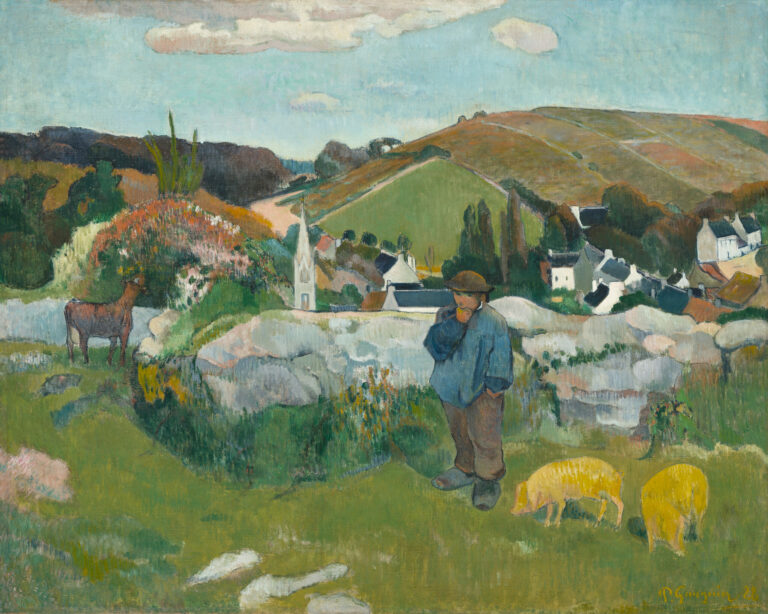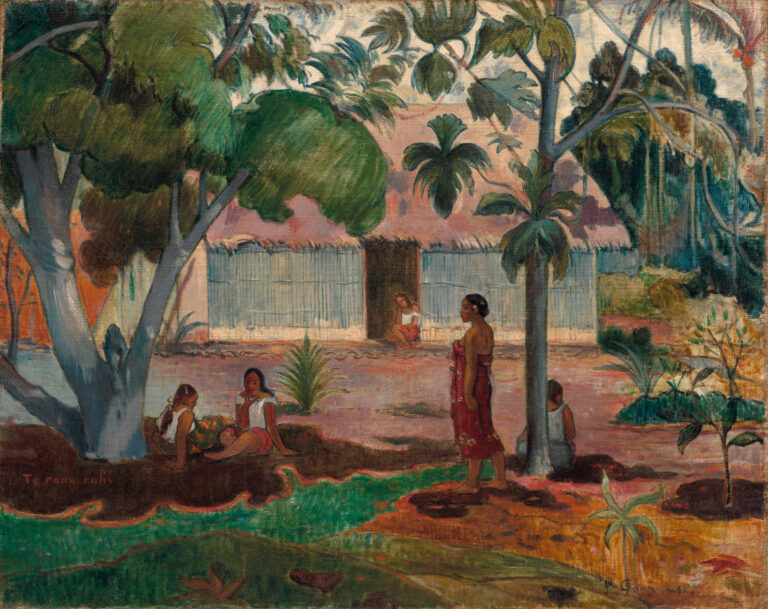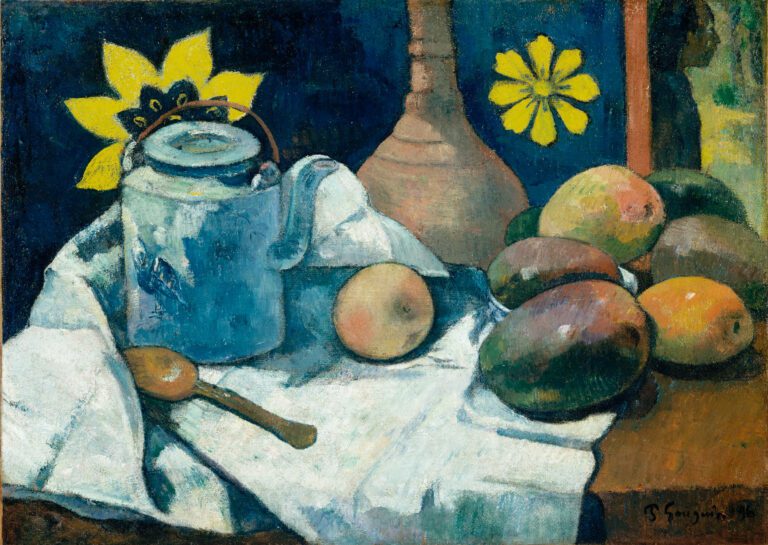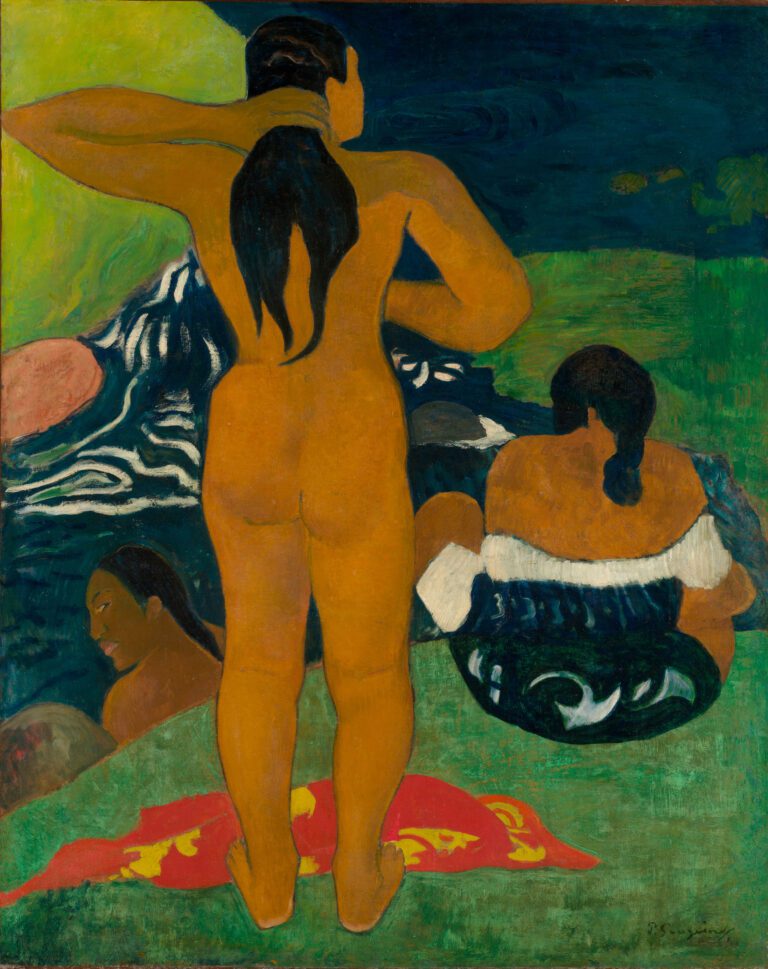Gauguin
Paul Gauguin (1848-1903) embodies the figure of an artist who broke with the conventions of his era. After a career as a stockbroker in Paris, he abandoned his family and social position to devote himself entirely to painting. His quest for authenticity led him first to Brittany, then to Martinique, and finally to French Polynesia where he developed a characteristic style of vibrant colors, simplified forms, and bold compositions. This Tahitian period, marked by works such as “Where Do We Come From? What Are We? Where Are We Going?”, reveals his idealized vision of a primitive paradise preserved from Western influences.
Gauguin’s artistic legacy transcends simple colonial exoticism to establish itself as a foundation of modern art. Through his rejection of academic conventions, his expressive use of color detached from realism, and his synthesis of diverse influences (Japanese art, medieval stained glass, Polynesian sculptures), he paved the way for the avant-garde movements of the 20th century. His controversial personal life—marked by complex relationships with Tahitian women and often egocentric behavior—cannot overshadow the critical importance of his work which, through its search for spirituality and authentic expression, continues to challenge the contemporary viewer.





